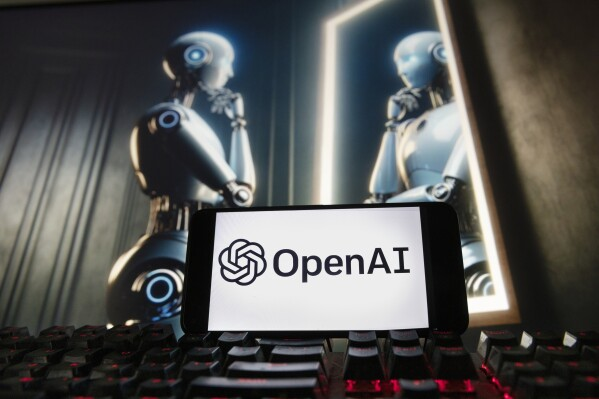Introduction
OpenAI recently reaffirmed that its non-profit board remains the controlling authority after facing public and internal backlash over its governance model. As questions swirl about the role of big tech in AI’s future, the move reassures stakeholders that OpenAI’s original mission—developing artificial intelligence to benefit all humanity—remains intact. Here are five key reasons why this governance structure still matters.

1. Reinforcing Public Trust in AI
Public perception of artificial intelligence is deeply shaped by who controls it. By keeping the non-profit in charge, OpenAI signals its commitment to prioritizing public benefit over private profit. In an age where tech giants often face skepticism, this governance model helps maintain trust in how AI technologies are developed and deployed.
2. Avoiding Unchecked Corporate Influence
Microsoft’s multi-billion-dollar investment in OpenAI has sparked concern over whether the company might exert undue influence over its direction. However, OpenAI’s unique capped-profit model and board control structure ensure that investors cannot override the non-profit’s mission. This model sets a precedent for balancing funding needs with ethical oversight.
3. Staying Mission-Driven Amid Rapid Growth
As OpenAI scales products like ChatGPT and integrates with tools like Microsoft Copilot, there’s a risk of mission drift. Maintaining a non-profit governance framework ensures the company stays grounded in its founding values, especially regarding safety, equity, and long-term AI alignment goals.
4. Responding to Criticism Transparently
The recent backlash, partly spurred by questions around CEO Sam Altman’s firing and reinstatement in 2023, highlighted the need for more clarity around decision-making processes. By doubling down on its non-profit control structure, OpenAI aims to address transparency concerns while keeping key stakeholders accountable.
5. Leading by Example in AI Regulation
As global calls for AI regulation grow louder, OpenAI’s governance model could serve as a blueprint for other companies. Maintaining a structure where profit motives are constrained by public interest goals shows that ethical AI development is possible—even within a competitive market.
Conclusion
In reaffirming that its non-profit board remains at the helm, OpenAI is not just making a corporate decision—it’s taking a stand on how transformative technologies should be governed. As AI becomes more powerful and pervasive, keeping ethical leadership front and center is more critical than ever. Stay tuned as OpenAI continues to shape not only the future of AI, but also the future of responsible tech governance.
Related Reading: Why AI Governance is Becoming a Global Priority
Have thoughts on OpenAI’s governance or AI’s future? Share your perspective in the comments below.








